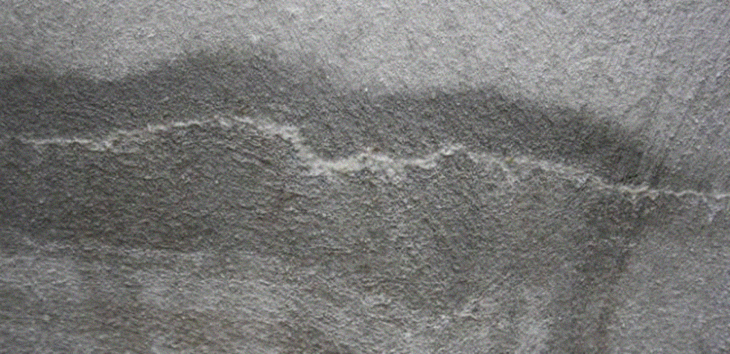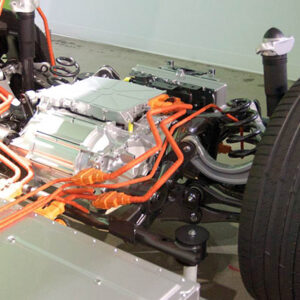
We have to take care of the structures and materials that make up our homes and belongings. With wear and tear, the upkeep can be quite expensive. What do about this? It gets especially difficult if our funds are limited.
Scientists are constantly in search of ways to help us save time and money. They may have found a solution that could help prevent us from shelling out resources. Just imagine our homes fixing themselves without us having to worry about getting help for it.
Just imagine how much easier would our lives be? Think about it – like our bodies, our things would be able to regenerate their own material to fix the damages they may have sustained over time. No more buying a whole new set of materials to address the problem.
Credit could and should be given to some very clever folks in England. They experimented with concrete to see if this could be made self-regenerating. All they did was adding a simple enzyme found in our blood. The said enzyme has the ability to repair cracks found in the sidewalk, roads, or buildings. If this does push through, this may eventually help save us tons of CO2, as well as millions of dollars in labor hours and traffic slowdowns.
Recent estimates made by researchers have put the global concrete supply chain at 8 percent of the world’s total greenhouse gas emissions. This is more than three times that generated from the airline industry. One of the most common human materials also requires the use of largest supporting infrastructures, whether from mining, mixing, moving, laying, and repairing, This requires a gigantic effort from all parties involved.
In order to address this problem, Worcester Polytechnic Institute led a project that looks into concrete that has the ability to repair itself. This hasn’t been the first time the idea has been proposed. In fact, this has been hypothesized as a possibility since the mid 1990s. It is only fairly recently that the hypothesis has been confirmed as a possibility with the use of bacteria. In fact, findings were discovered in 2015.
Like earlier researchers, the team at Worcester, that was led by Nima Rahbar, used an enzyme found in red blood cells called “carbonic anhydrase.” This was made at the suggestion of a biochemist collaborator of the team.
The anhydrase is responsible for moving CO2 from cells to blood vessels as quick as breathing. When this is added to concrete powder, it actually has the uncanny ability to use CO2 from the air to create calcium carbonate crystals. Hence, a crack that’s a millimeter wide can be filled in after just several hours. This can prevent larger cracks from forming in the future. Anhydrase was among the reasons the said bacteria was able to fix and close the cracked concrete.
Another method to use would be adding carbonic anhydrase to water and calcium together in a spray. Once mixed, this can then be applied it to a concrete crack. When CO2 was blown over the crack, like the character of Wolverine from X-Men, it will be able to seal itself in just minutes. If CO2 in the air is used, the process might just take longer. Clever readers will be able to recognize that this technology also sucks some CO2 out of the environment. It not only has the capability of increasing the lifespan of the concrete four-fold, it also allows it to become a carbon jailer.
A peer-reviewed study was able to demonstrate the technology’s effectiveness. Because of such, Rahbar hopes that this will eventually lead to a startup somewhere that is able to develop a commercial version that can be made available to the public. Rahbar spoke to Fast Company about this and said, “This is not going to cost much. But overall, the system requires some incentive.”
What are your thoughts? Please comment below and share this news!
True Activist / Report a typo


